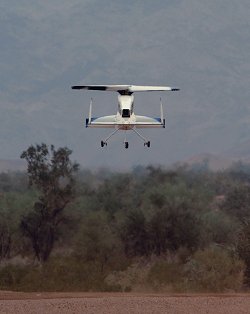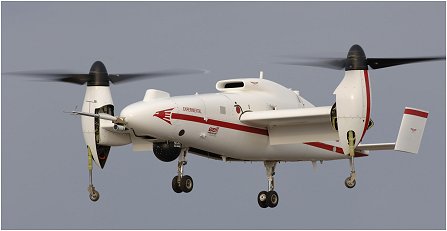Infant mortality is high among advanced unmanned aircraft, Lockheed Martin’s Polecat joining a long list of innovative UAVs that have met premature ends.
 Lockheed’s own DarkStar low-observable high-altitude UAV demonstrator crashed on take-off in April 1996 because of a flight-control malfunction. Flight testing of the stealthy flying-wing UAV resumed in June 1998, but the programme was cancelled.
Lockheed’s own DarkStar low-observable high-altitude UAV demonstrator crashed on take-off in April 1996 because of a flight-control malfunction. Flight testing of the stealthy flying-wing UAV resumed in June 1998, but the programme was cancelled.
Boeing’s X-50 Dragonfly Canard Rotor/Wing, an unmanned demonstrator for an advanced stopped-rotor vertical take-off and landing (VTOL) aircraft, crashed twice and the programme was cancelled after the second vehicle was lost. Interaction between the rotor and fuselage made the vehicle unflyable.
Bell Helicopter’s TR918 Eagle Eye tiltrotor VTOL UAV demonstrator crashed in April 2006 after a spurious external signal – the source of which has never been unidentified – caused the engine to shutdown while the vehicle was in a hover.
And it is not only US programmes that suffer unexpected upsets - EADS’s Barracuda high-speed reconnaissance UAV demonstrator crashed into the sea off Spain during a test flight in September last year.

The Skunk Works, meanwhile, had difficulty getting its morphing-wing UAV off the ground, abandoning plans to fly the demonstrator after two crashes during take-off attempts, caused by flight-control software problems. Lockheed is to try again this year with an improved design for its folding-wing UAV.
Subscribe to Flight's UAV newsletter...
Source: FlightGlobal.com



















